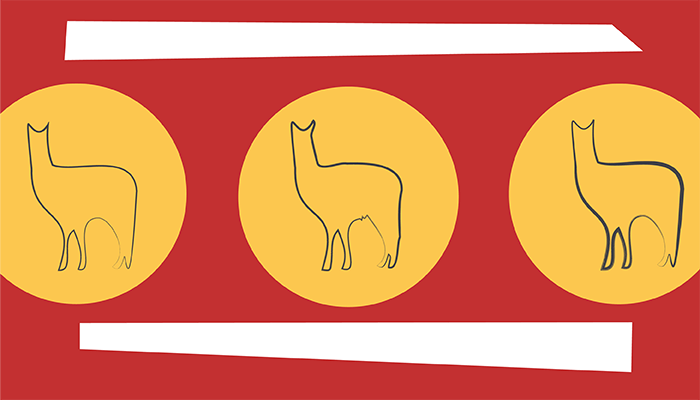Though some of us have moved on from COVID-19, it remains a serious worldwide issue as new variants continue to challenge current therapeutics. We still need more options in sustainable, affordable, and accessible treatments. One promising therapeutic avenue is nanobodies – a small single-chain antibody derived from camelids – but finding the right nanobodies can be costly and complex.
Detailing a screening process in the Journal of Biological Chemistry and using SARS-CoV-2 as their target, researchers from Rockefeller University believe that their modified approach could offer a real boost to nanobody discovery. And that’s a good thing. “Nanobodies have several advantages over conventional antibodies,” says Michael P. Rout, a professor at Rockefeller University and one of the authors of the study. “From a medicinal perspective, they can easily access regions of target proteins (for example, CoV-2 Spike) that are inaccessible to larger antibodies, penetrate deep tissue more effectively than conventional antibodies, and resist denaturation which makes them amenable to nebulization and direct delivery to the respiratory tract.”

After giving small doses of Covid protein to llamas (which naturally produce nanobodies when exposed to a virus), Rout and colleagues retrieved blood samples, sequenced the nanobody DNA, and transferred key genes to bacteria to produce nanobodies for lab analysis. Many of the nanobodies were found to target SARS-CoV-2 variants of concern.
Notably, the team also employed a modified yeast display to carry out massively parallel epitope binning – a process that optimized nanobody library screening, finding many of the same candidates as the mass spectrometry approach, as well as numerous other candidates the researchers had previously missed. According to the team, a marked advantage of the approach is its robustness, simplicity, and relatively low cost in time and resources; it avoids the need for complex and expensive instrumentation and the associated necessary expertise.
For future research, Rout aims to identify a panel of nanobodies and combinations that have broad betacoronavirus neutralization activity. “These nanobodies will be optimized and their mechanisms of neutralization activities deduced using cryo-EM structures and modeling; this information could further guide tuning of effective synergistic combinations by highlighting neutralization mechanisms that are fully orthogonal and particularly efficacious in combination.”
Ultimately, Rout and the team hope that their techniques will help laboratories in low-resource settings create nanobodies to combat COVID-19. “A researcher anywhere in the world, with fairly limited resources, could use this technique,” Rout says. “The llama-related stuff could be FedEx-ed from anywhere to everywhere.”




